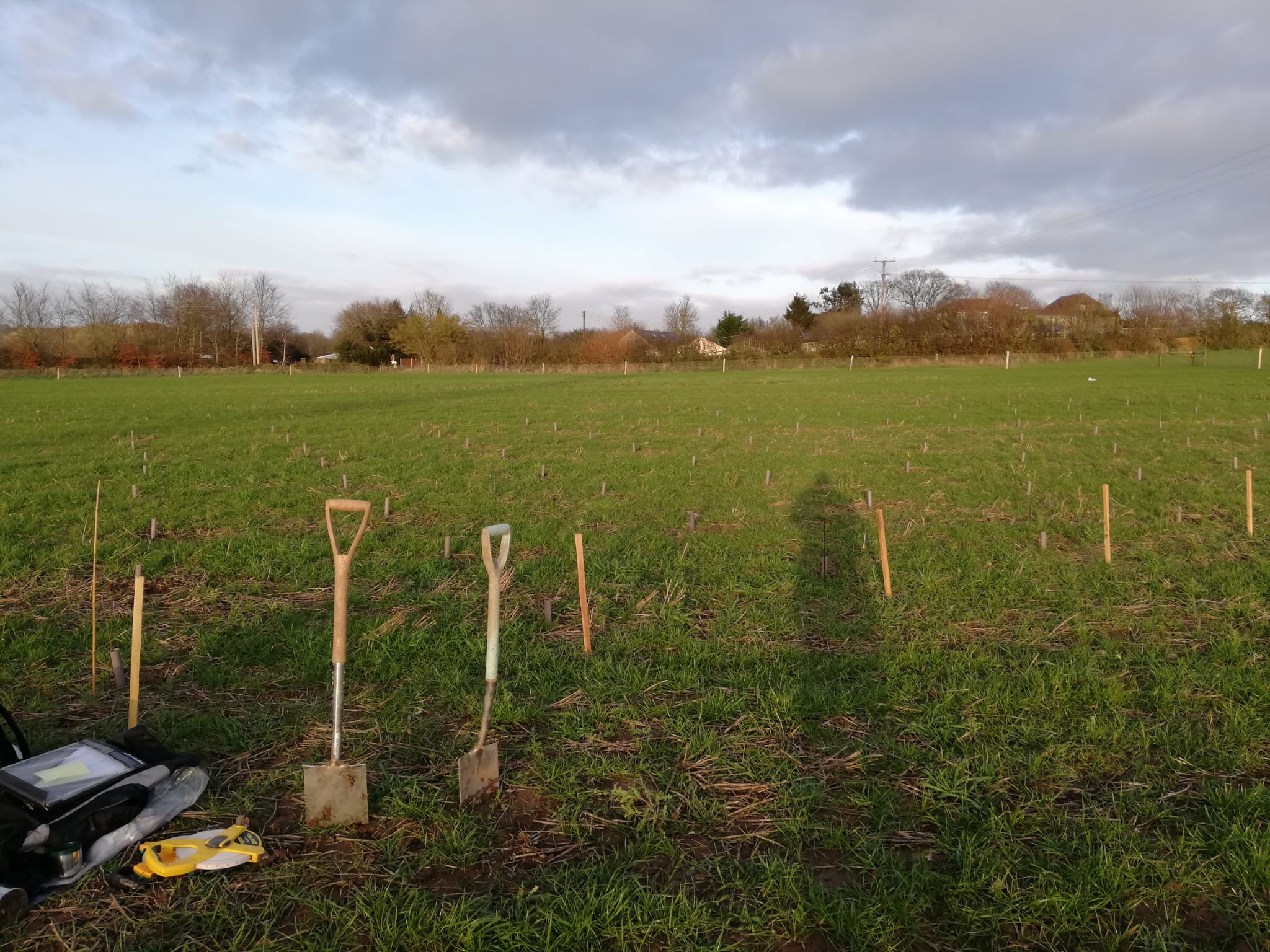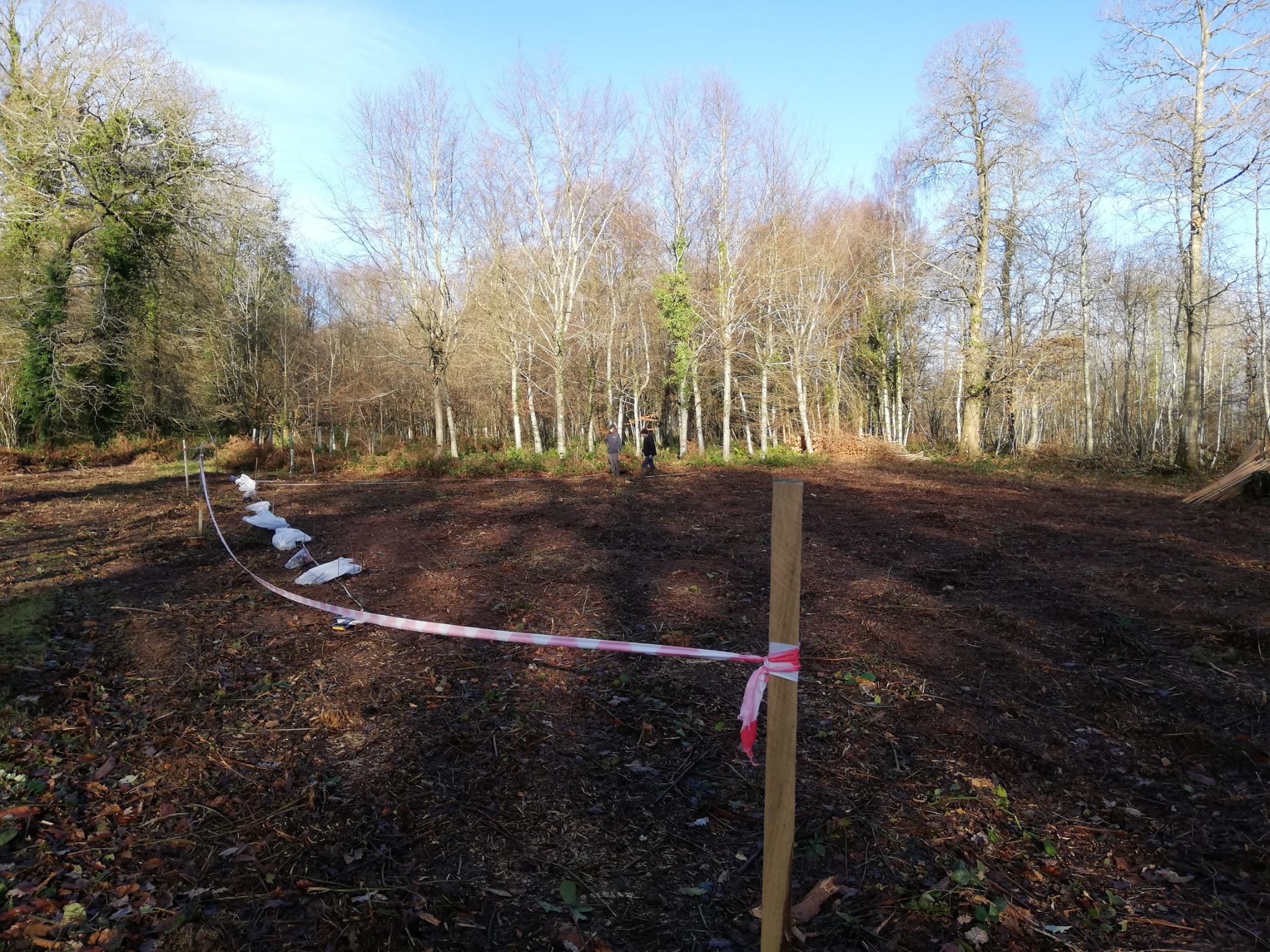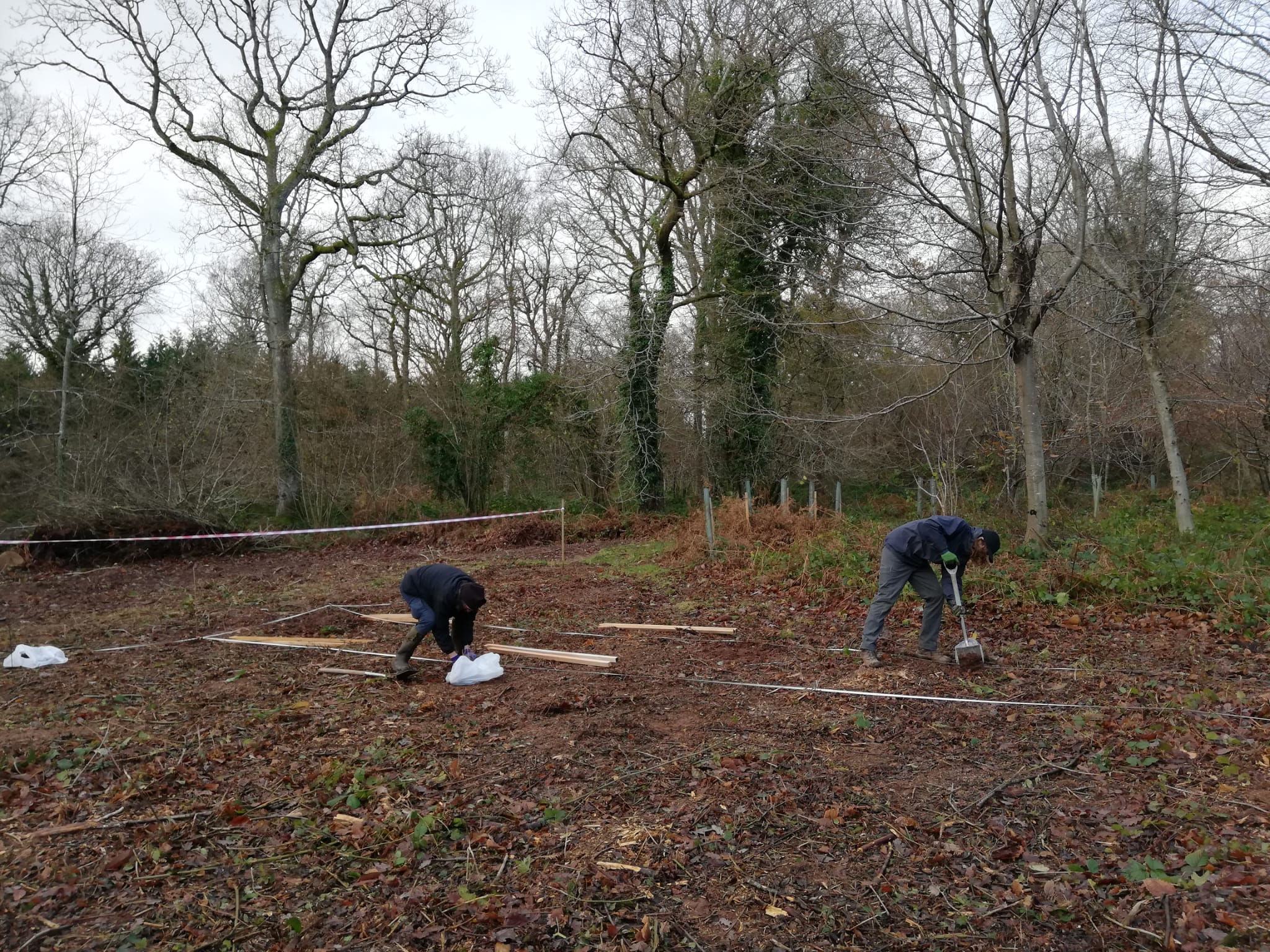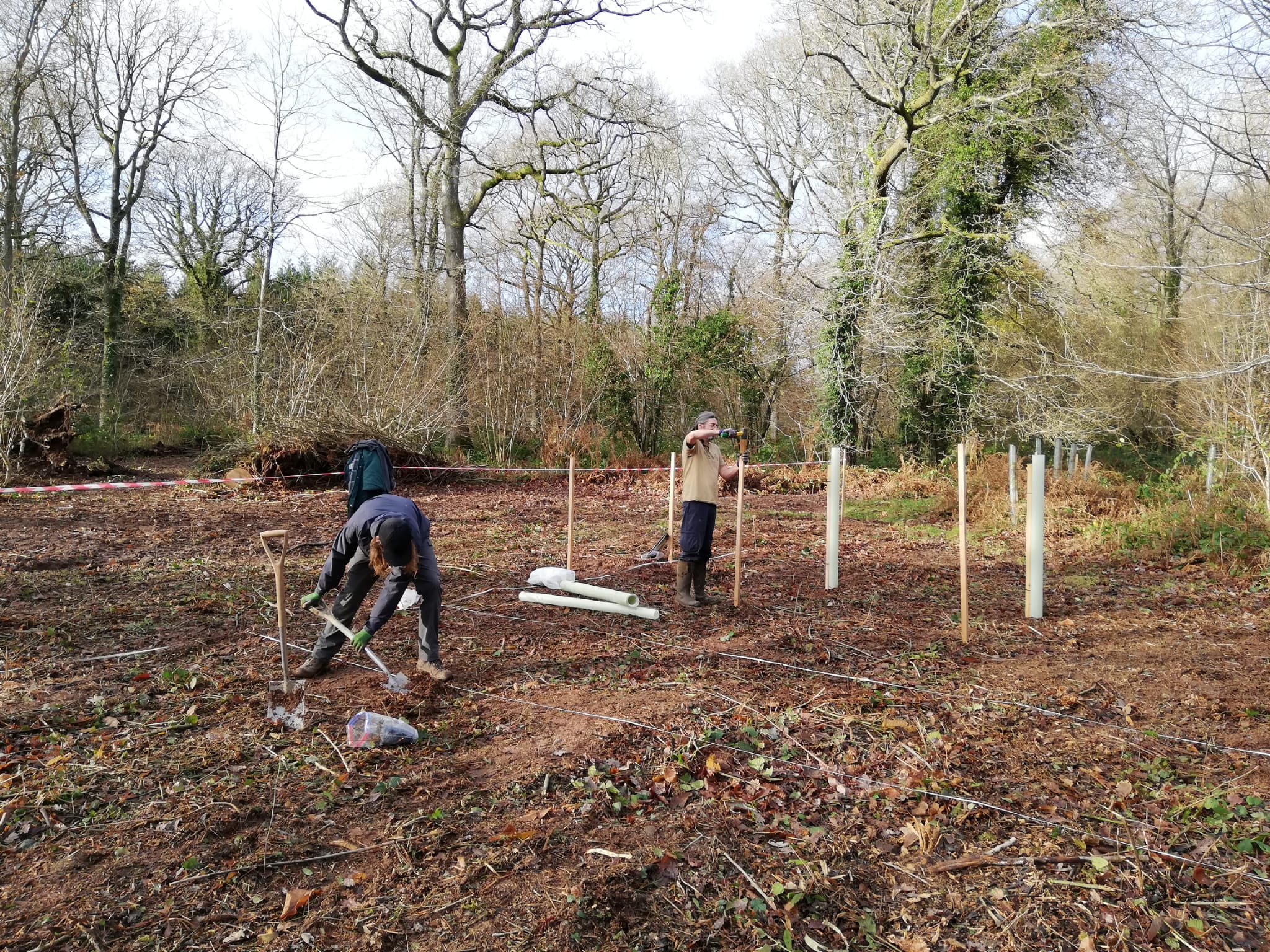Future Trees Trust is delighted to have planted the first demonstration plot to display differences in source identified, selected, and qualified planting material on the public forest estate in Kent and the second on Duchy of Cornwall’s Hereford Estate.
A great collaborative effort:
Forestart contract grew the trees, Forestry England provided and fenced the site, and Tubex supplied the vole guards.
All trees planted for forestry purposes are subject to forest reproductive material (FRM) regulations which are administered in Britain by the Forestry Commission under post-Brexit legacy legislation based on EU Directive 1999/105/EC. They place material in to one of four categories:
Source identified FRM come from general or specific locations within a single region of provenance or native seed zone with an altitude band, but with no superior qualities recognised.
Selected FRM is collect from stands showing superior characteristics such as better form, growth rate or health.
Qualified FRM derives from the selection of superior individual trees which have not undergone any form of testing.
Tested FRM derives from the selection of individual trees or stands which have been evaluated for genetic quality or, in comparison to accepted standards, have been shown to be superior.
It is these last two categories of material – qualified and tested – that FTT are committed to supplying to the industry. For material to reach tested status takes many years of research, but we already have qualified sycamore, silver birch and cherry readily available. We are really excited to be planting demonstration plots containing source identified, selected and qualified material of these three species this winter, so that we can illustrate to practitioners the differences planting qualified material can make.
We are really excited to be planting demonstration plots of SI, SE and QU material this winter, so that we can illustrate to practitioners the differences planting qualified material can make.
We are planting four demo plots: on the public forest estate in Kent and Staffordshire, on the Duchy estate in Herefordshire and at Bolfracks estate near Aberfeldy in Scotland.





Leave A Comment